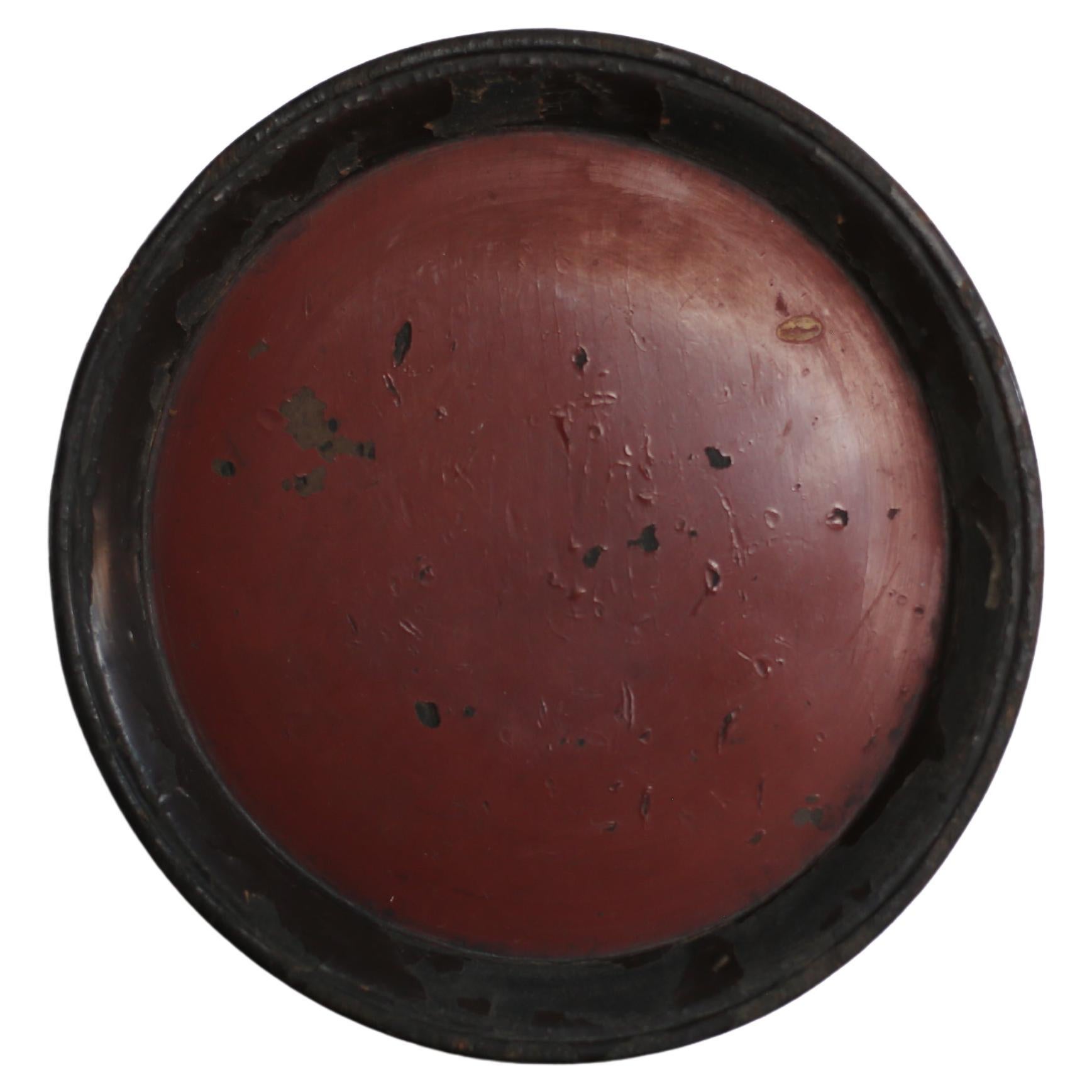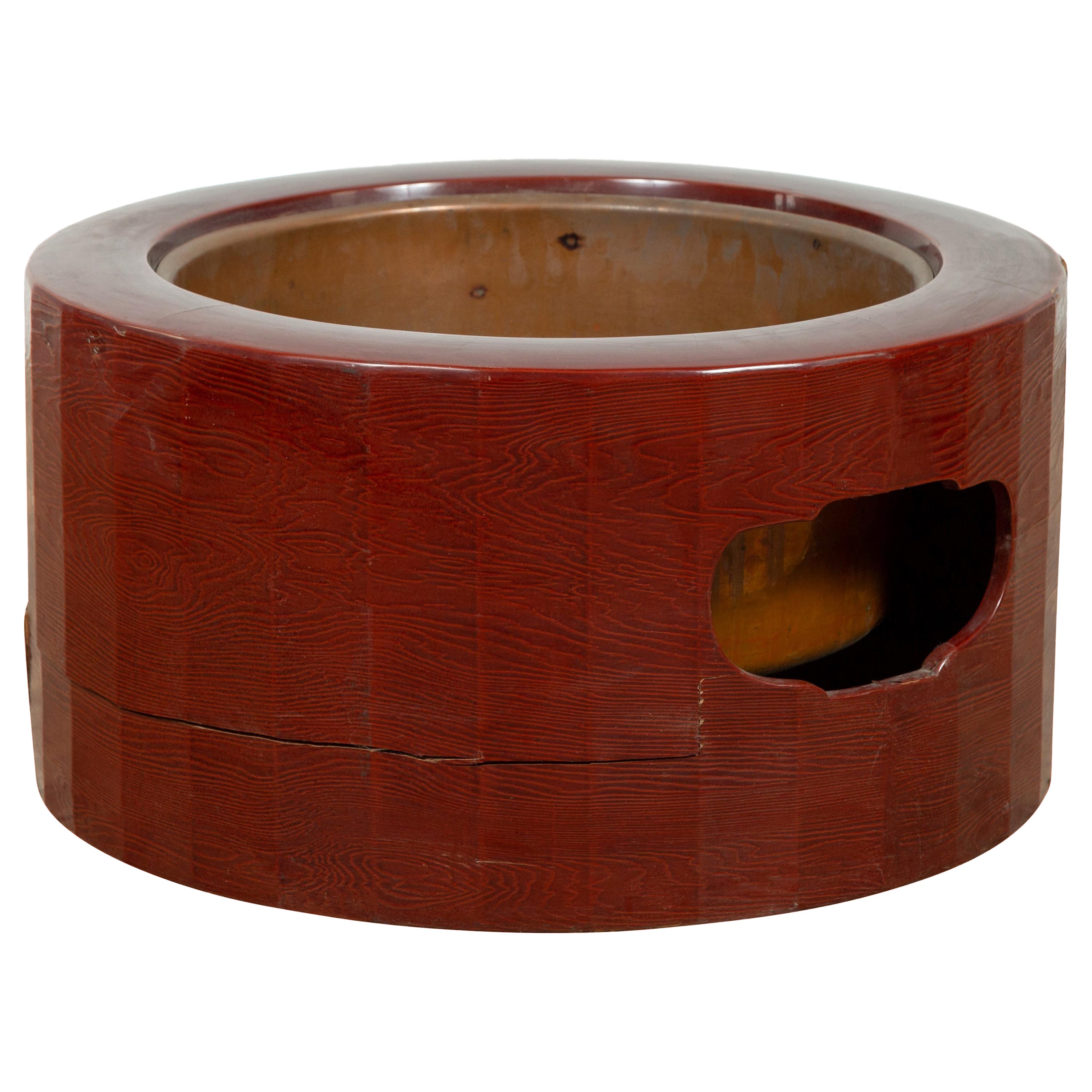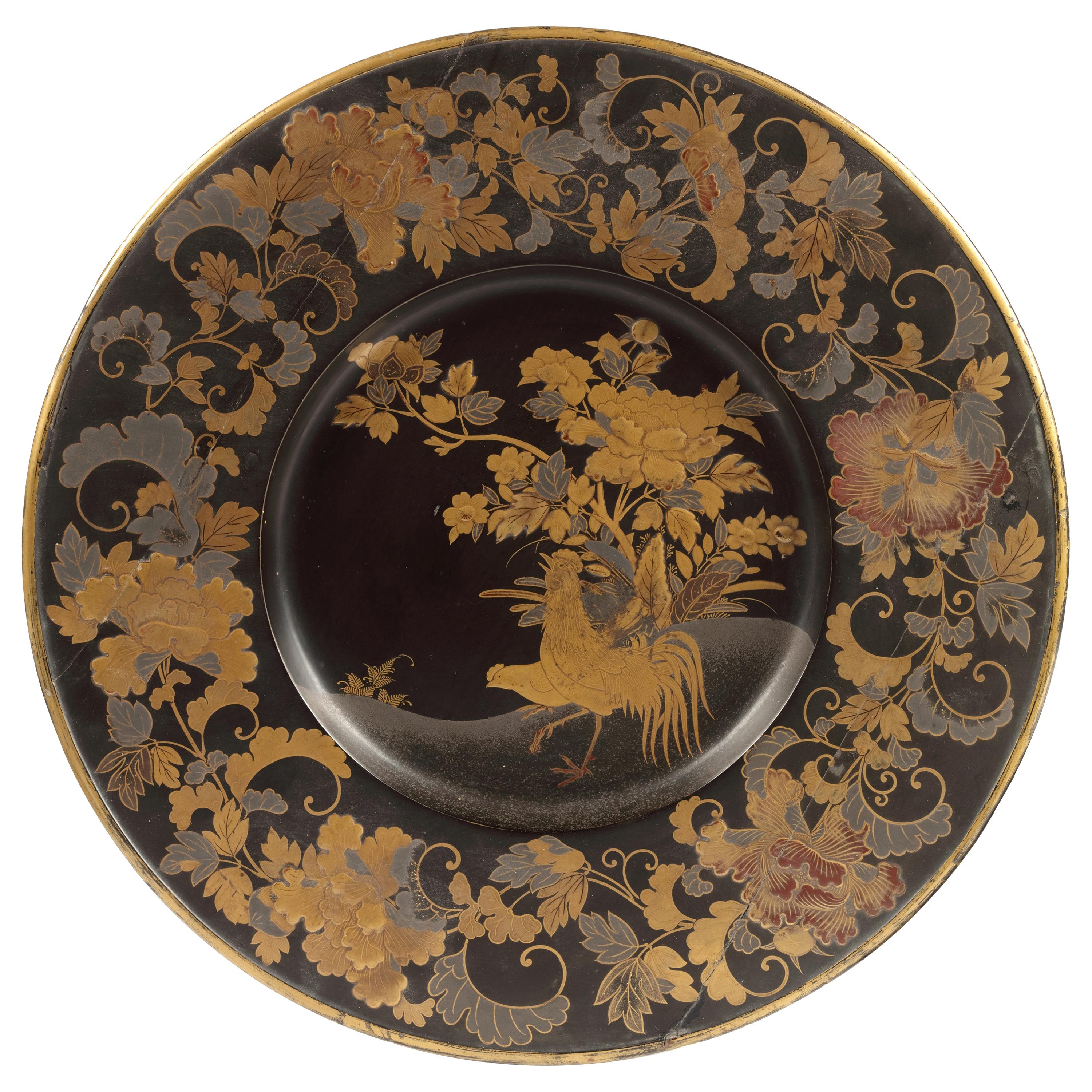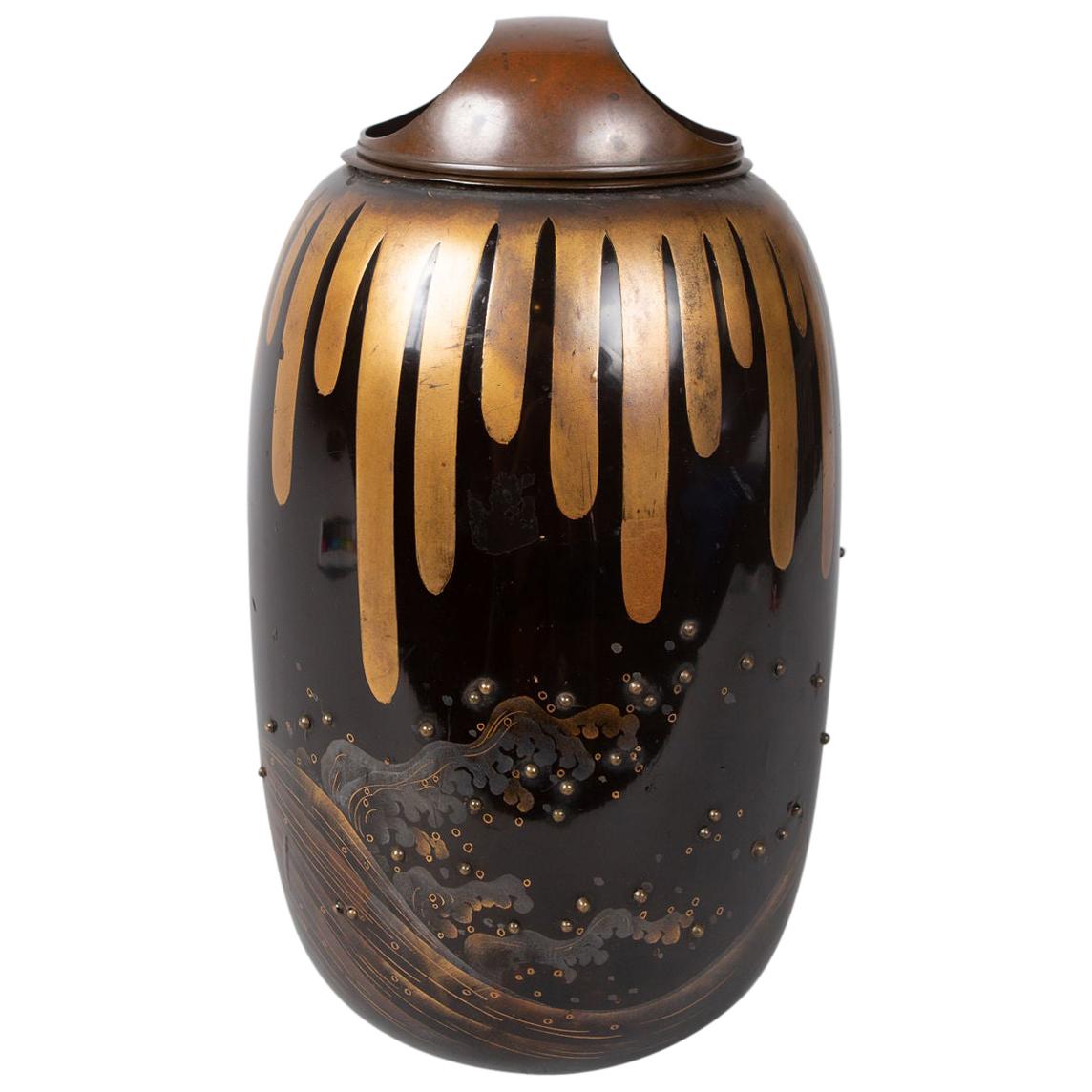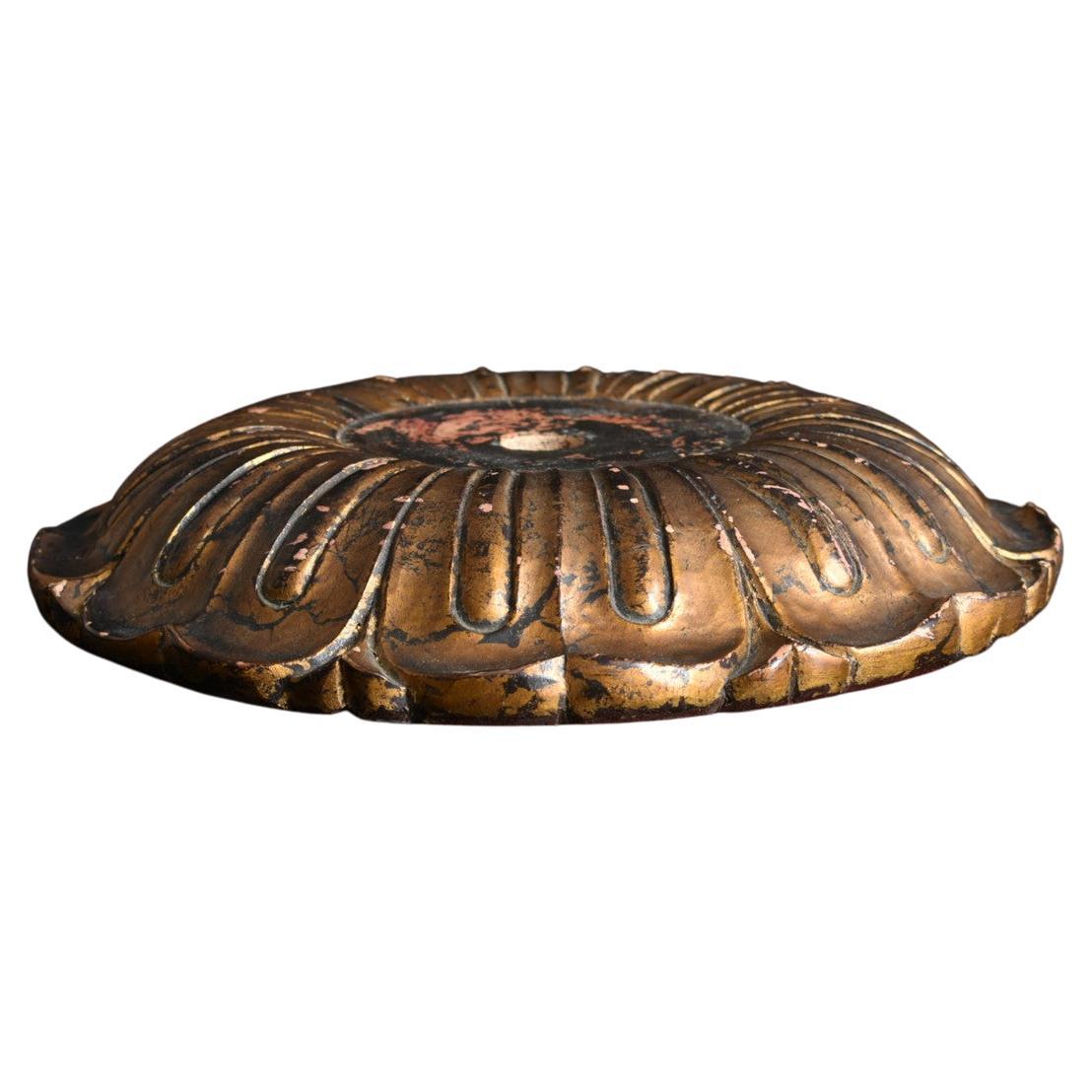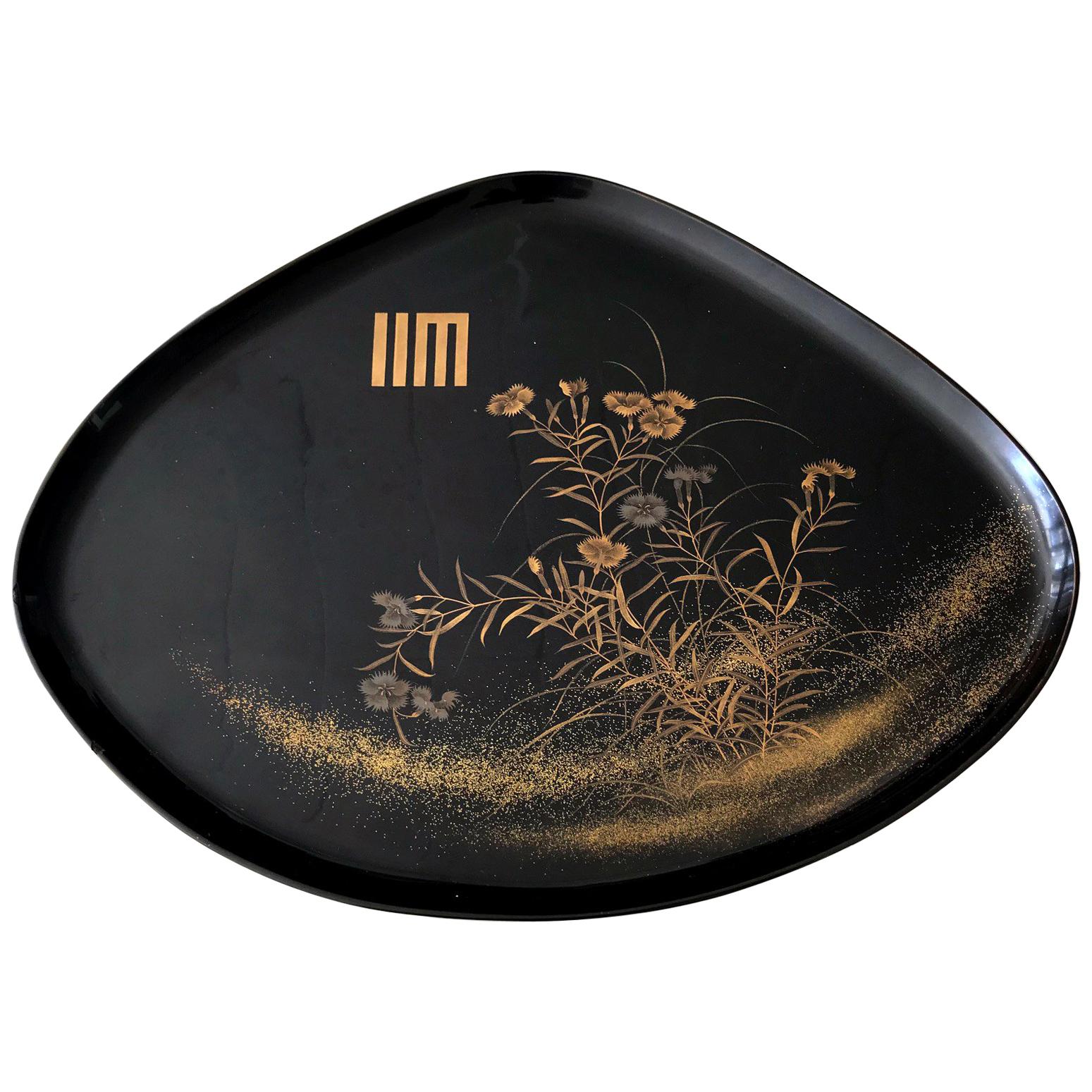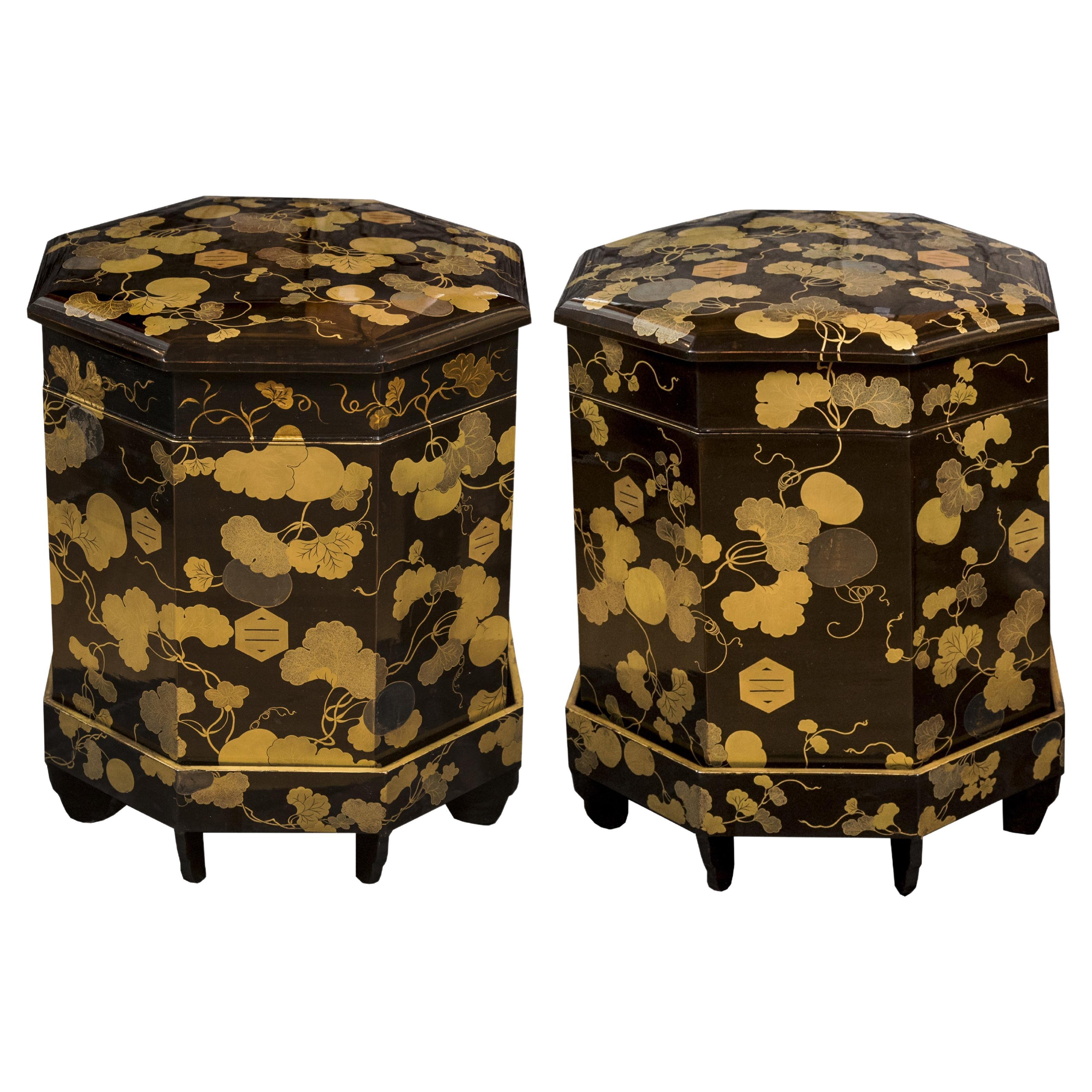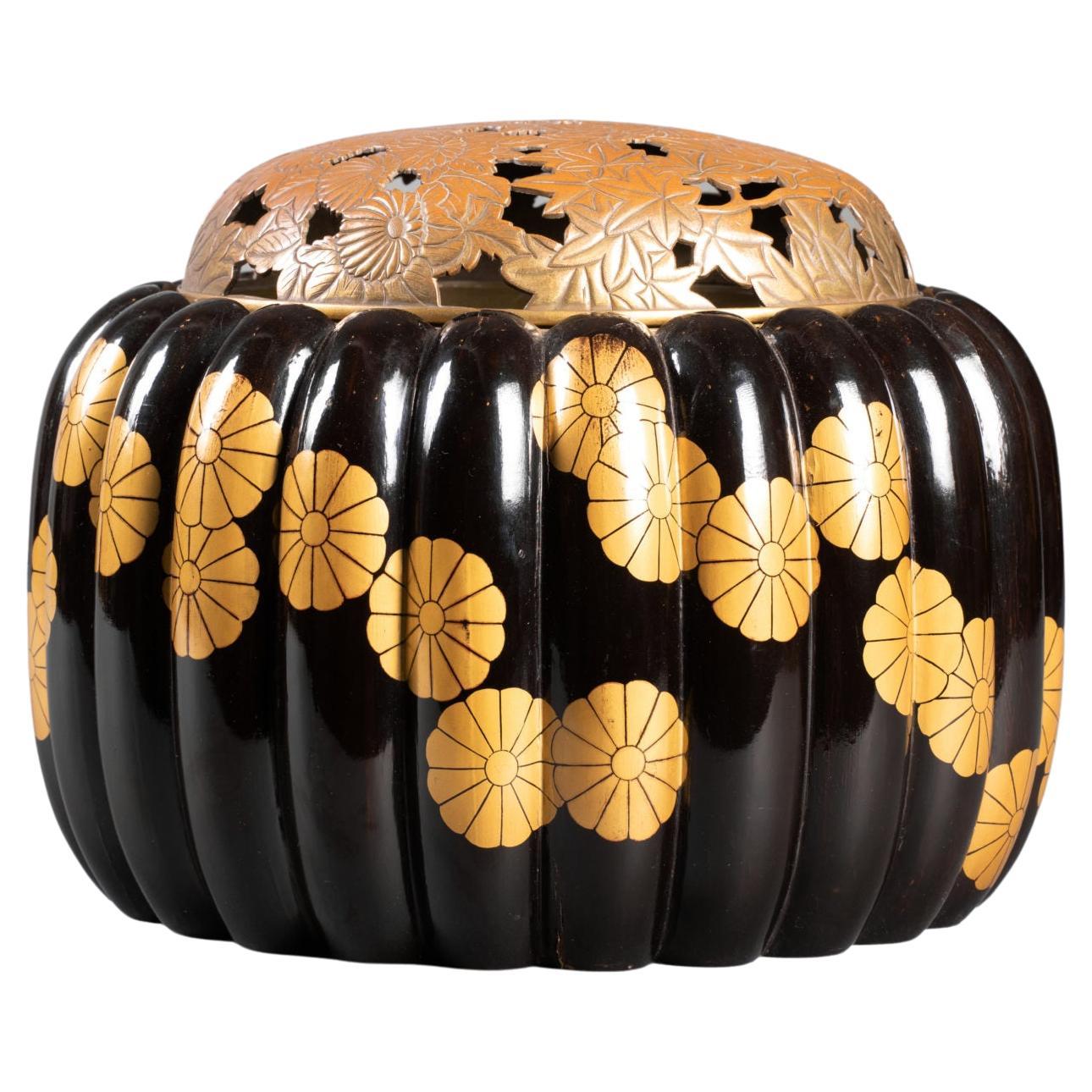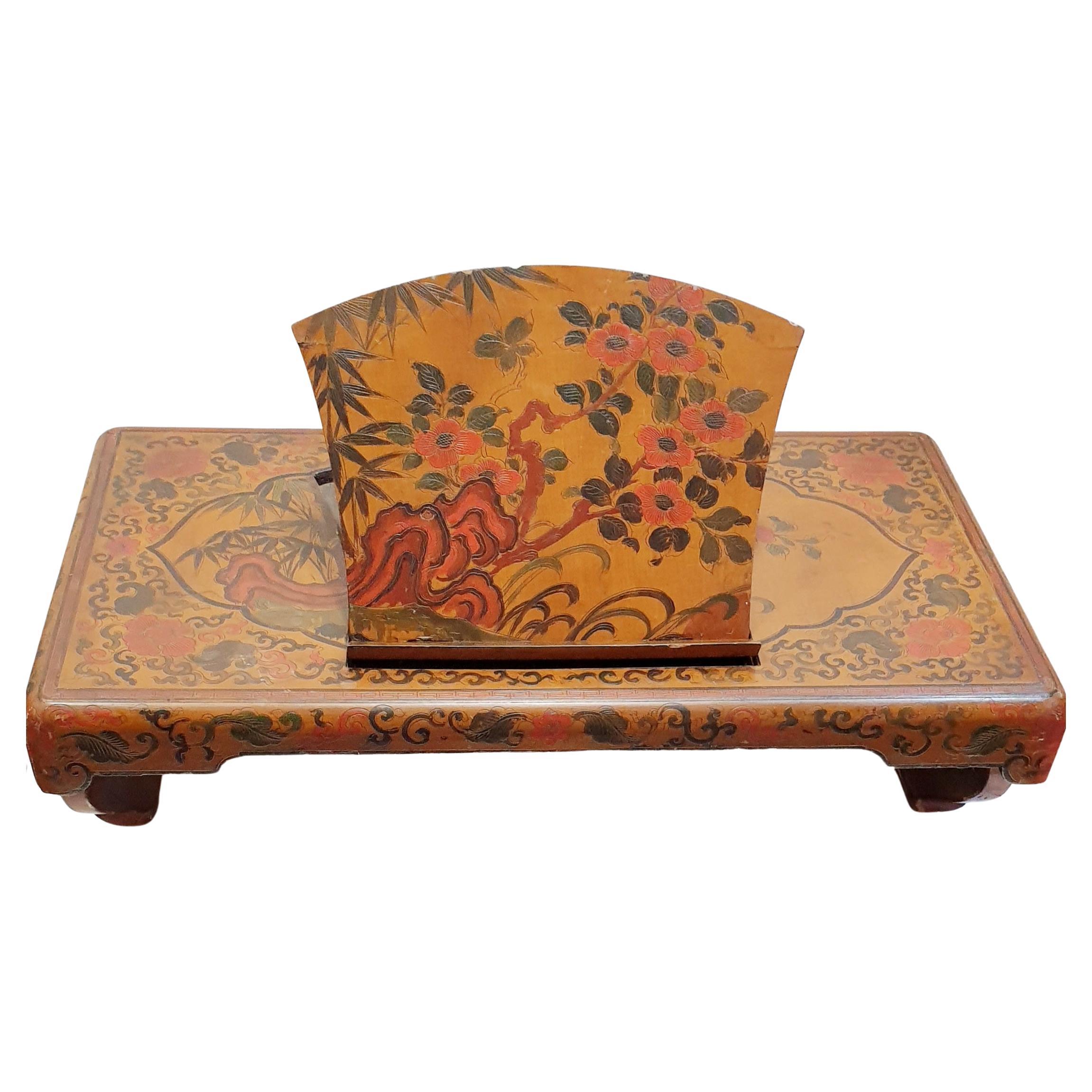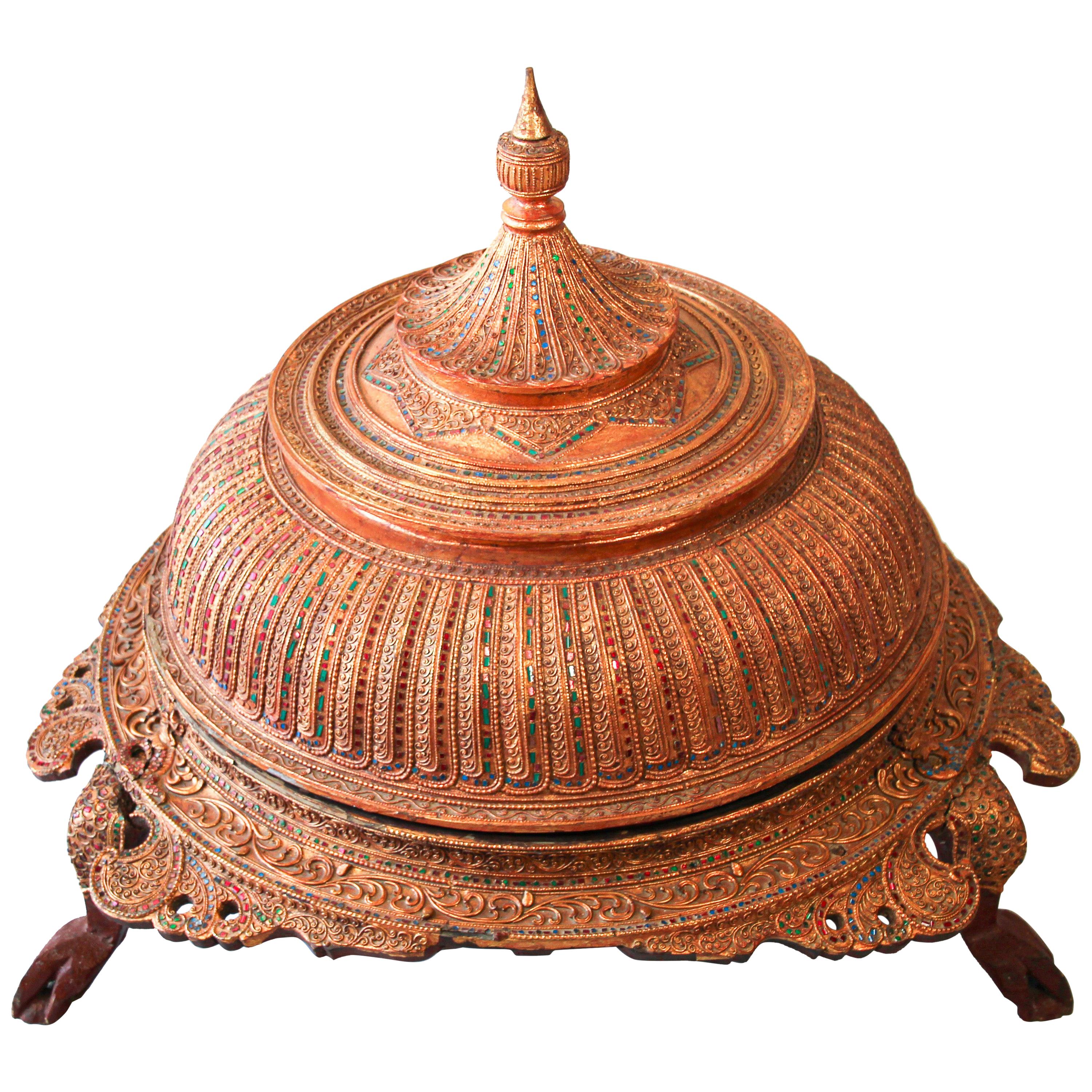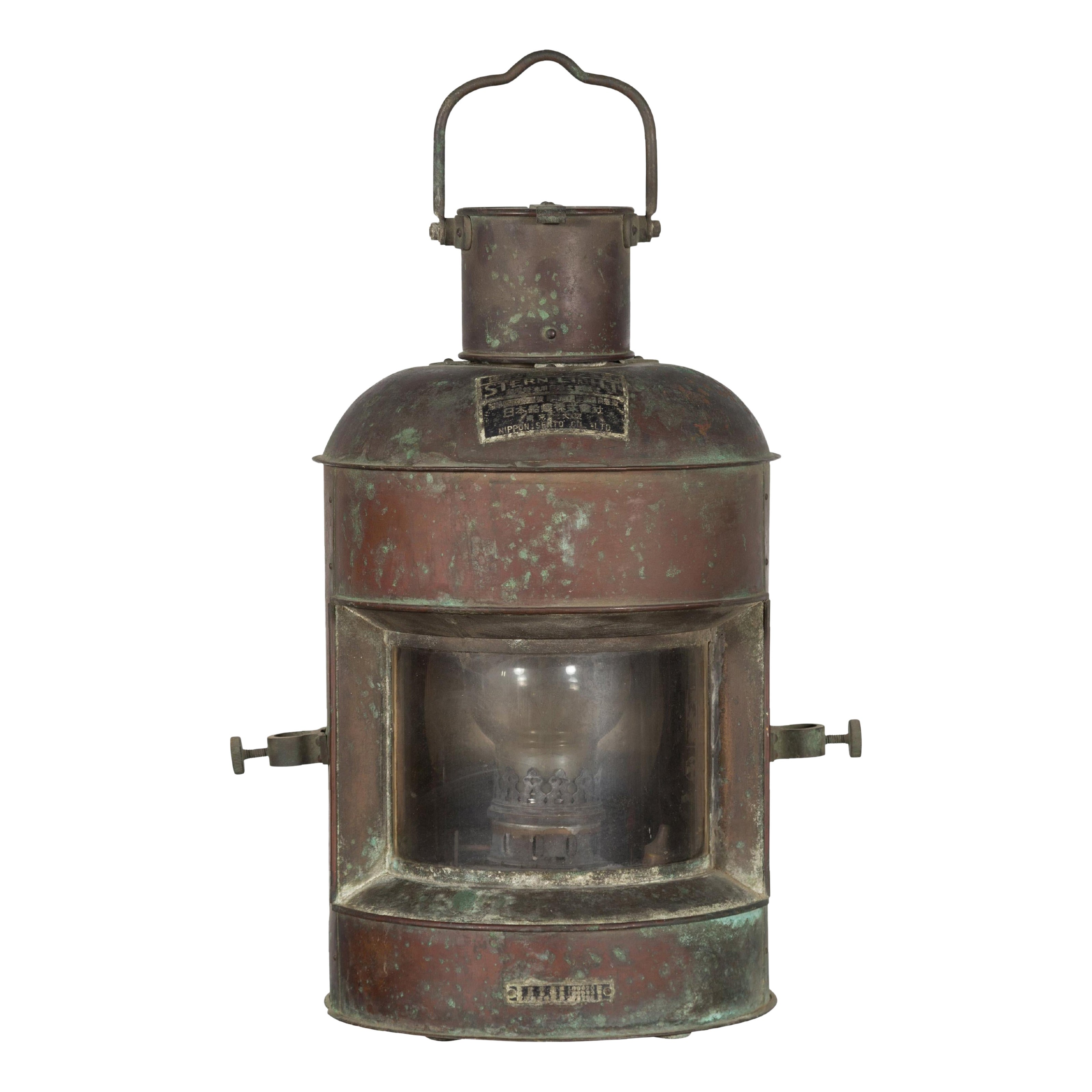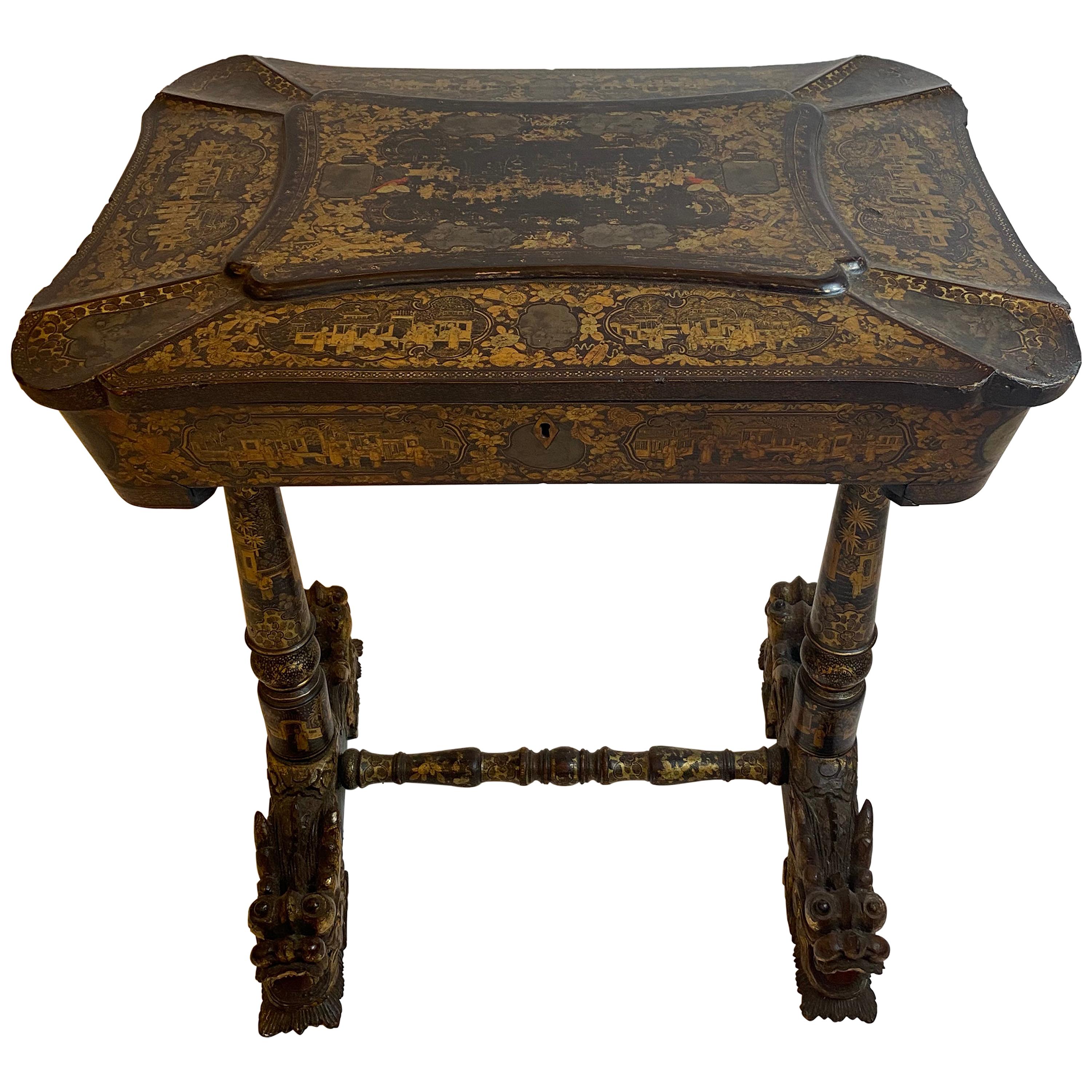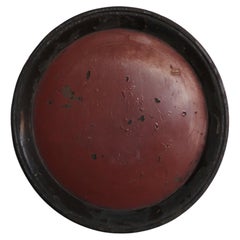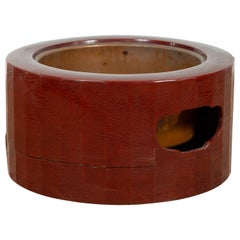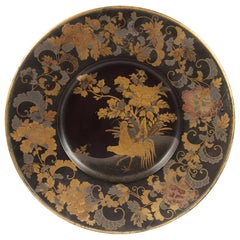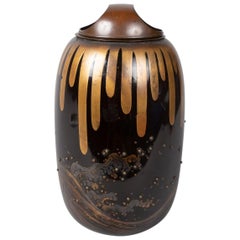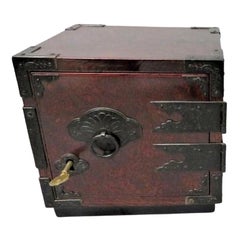
Vintage Signed Japanese Exotic Wood Kakesuzuri Style Funa Dansu or Ship's Safe
View Similar Items
1 of 13
Vintage Signed Japanese Exotic Wood Kakesuzuri Style Funa Dansu or Ship's Safe
Price:$800
About the Item
- Dimensions:Height: 6.5 in (16.51 cm)Width: 6.7 in (17.02 cm)Depth: 5.9 in (14.99 cm)
- Style:Taisho (Of the Period)
- Materials and Techniques:Hardwood,Lacquer,Metal,Wood,Embossed,Hammered,Hand-Crafted,Joinery,Lacquered,Metalwork,Polished,Stained,Woodwork
- Place of Origin:
- Period:
- Date of Manufacture:Unknown
- Condition:Wear consistent with age and use.
- Seller Location:Nova Scotia, CA
- Reference Number:1stDibs: LU7091232175972
Authenticity Guarantee
In the unlikely event there’s an issue with an item’s authenticity, contact us within 1 year for a full refund. DetailsMoney-Back Guarantee
If your item is not as described, is damaged in transit, or does not arrive, contact us within 7 days for a full refund. Details24-Hour Cancellation
You have a 24-hour grace period in which to reconsider your purchase, with no questions asked.Vetted Professional Sellers
Our world-class sellers must adhere to strict standards for service and quality, maintaining the integrity of our listings.Price-Match Guarantee
If you find that a seller listed the same item for a lower price elsewhere, we’ll match it.Trusted Global Delivery
Our best-in-class carrier network provides specialized shipping options worldwide, including custom delivery.You May Also Like
Old Round Plate with Japanese Lacquer / Meiji-Taisho / Urushi
Located in Sammu-shi, Chiba
A wooden vessel used from the Meiji era to the Taisho era.
Probably a beech tree.
It is made by hollowing out.
It's very cool, isn't it?
It is a lacquered tall foot round tray made ...
Category
Mid-20th Century Japanese Taisho Lacquer
Materials
Beech, Lacquer
Japanese Taishō Period Early Red Lacquered Circular Hibachi, Early 20th Century
Located in Yonkers, NY
A Japanese Taisho period circular red lacquered hibachi from the early 20th century, with metal liner and lateral handles. Used for cooking or w...
Category
Early 20th Century Japanese Taisho Lacquer
Materials
Metal
Fine 17th Century Japanese Export Black and Gold Lacquered Pictorial-Style Dish
Located in Amsterdam, NL
A fine Japanese export black and gold lacquered pictorial-style dish Nagasaki or Kyoto, 1680-1720
The dish with wide flat rim of Keaki wood (Zelkova species) in black lacquer with...
Category
Antique 17th Century Japanese Edo Lacquer
Materials
Gold
Japanese Lacquer Koro 'Incense Burner'
Located in Hudson, NY
Removable bronze top, with gold drip pattern at top. Cresting ocean waves on bottom with raised silver sea spray.
Category
Antique Early 19th Century Japanese Edo Lacquer
Materials
Silver, Bronze
Japanese Antique Buddha Statue Stand/1800-1900/Lacquered Gold Display Stand
Located in Sammu-shi, Chiba
This is a wooden stand made from the Edo period to the Meiji period.
Originally, it was a stand for installing a Buddha statue, but it seems that only this stand remained after the ...
Category
Antique 19th Century Japanese Edo Lacquer
Materials
Wood
An Antique Japanese Lacquer Maki-e Tray
Located in Atlanta, GA
A fan shape black lacquer tray from Japan circa 1910-30s, late Meiji to early Showa era. Elaborated decorated with a bundle of yomogi blossom in a very fine Maki-e technique using both gold and silver powders. There is a Japanese symbol on the top left, which represents yomogiu, stemming from yomogi (蓬), a wild plant that belongs to the chrysanthemum family and widely grown in Japan.
This name yomogui is from a scene in the Tale of Genji...
Category
Early 20th Century Japanese Japonisme Lacquer
Materials
Lacquer
